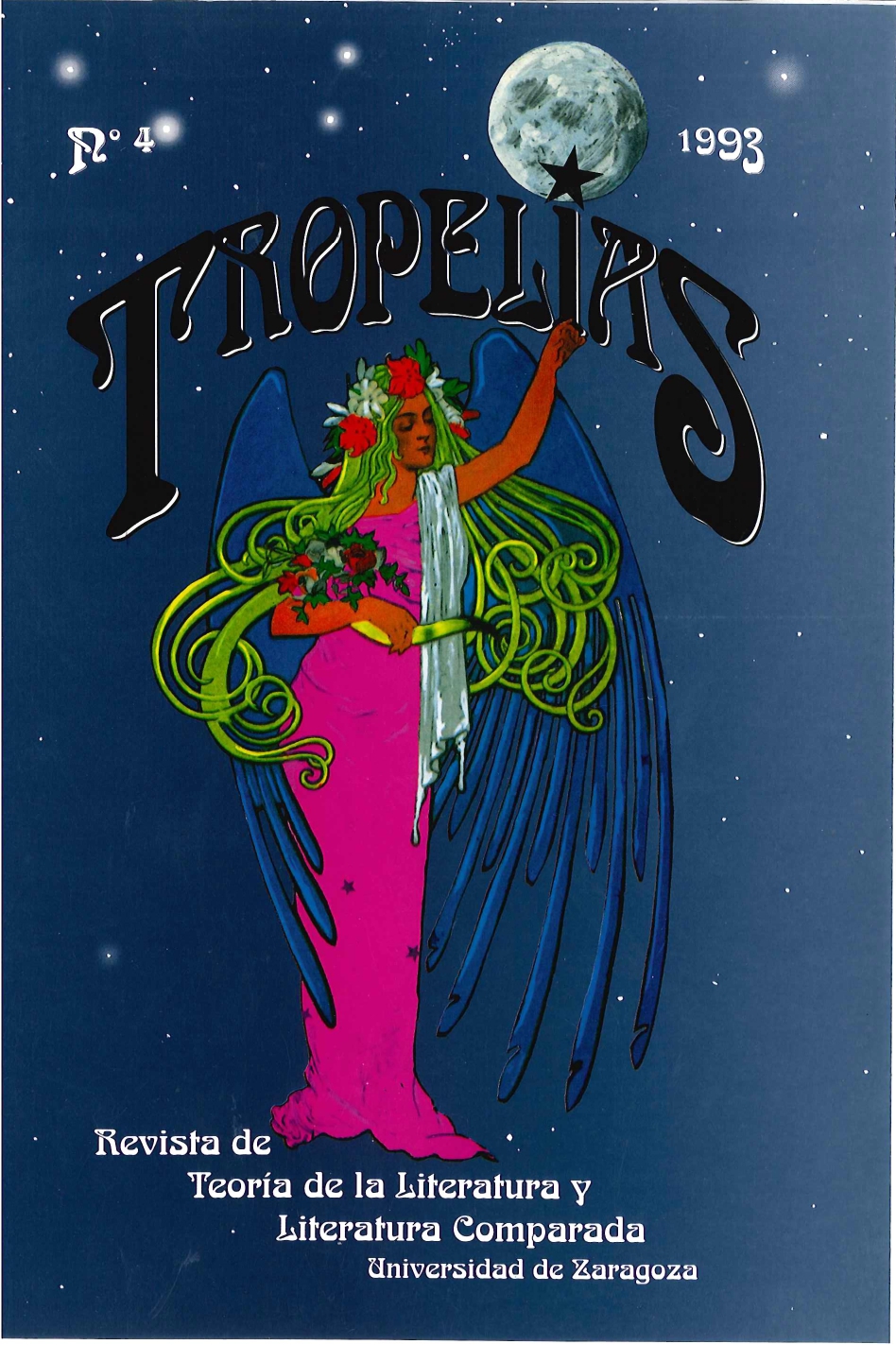Clytemnestra and her shadow. The female character in the plays or Aeschylus
DOI:
https://doi.org/10.26754/ojs_tropelias/tropelias.199345535Keywords:
Aeschylus, Orestia, ClytemnestraAbstract
"Clytemnestra and her shadow" has a threefold purpose. Firstly, it sets out to explore the Aristotelian concept of 'character' and attempts to mark out its theoretical limits and its validily for an analysis of the characters of Greek tragedy. Secondly, it attempts to show that Aeschylus is able not only to create 'characters' but also to endow certain characters with a quintessential feature of femininity. Clytemnestra is taken for purposes of analysis in her twofold condition of 'character' and woman. The text that best brings out this twofold condition is the dialogue with her husband (Ag. 810-974) in the magnificent reception scene in the first parl of the Orestia. Finally, a comparison with Lady Macbeth reveals the universal value of their female character. Their feminine profile is enhanced when they are seen in terms of their parallel roles: as conspirators in a crime, as spouse-cum-murderers, as influenced by the masculinizing effect of tension, as subject to the male-female dialectic, the possibility of erotic motivation, etc.
Downloads
Downloads
Published
How to Cite
Issue
Section
License
Copyright (c) 2021 Luis F. Guillén

This work is licensed under a Creative Commons Attribution 4.0 International License.
Los artículos enviados a la revista Tropelías deben ser originales e inéditos, no publicados previamente en cualquier soporte. Únicamente se aceptará material publicado total o parcialmente con anterioridad, o que esté en proceso de evaluación en otra revista, si se hace constar la causa de tal duplicación y se facilita la fuente donde ha aparecido dicho artículo.
Las imágenes que se incluyan en los artículos estarán libres de derechos de reproducción y, en caso contrario, los autores deberán presentar los permisos para su publicación y asumir los pagos derivados de ello.
Los artículos y reseñas publicados en la revista Tropelías pueden ser incluidos en repositorios temáticos o institucionales desde el momento de su publicación, sin modificación alguna e indicando claramente su procedencia.


